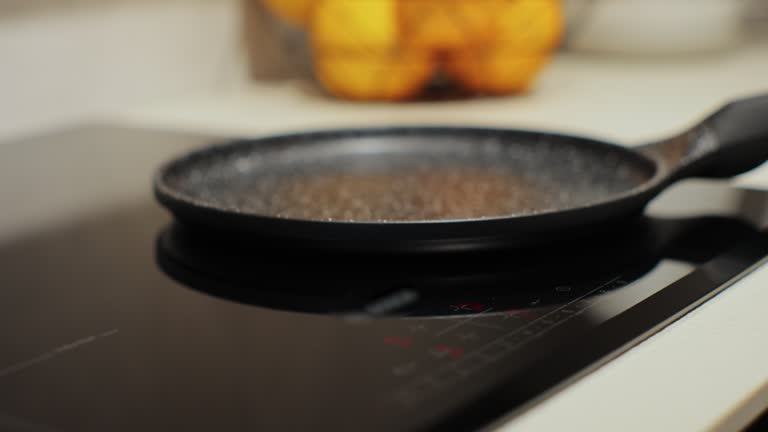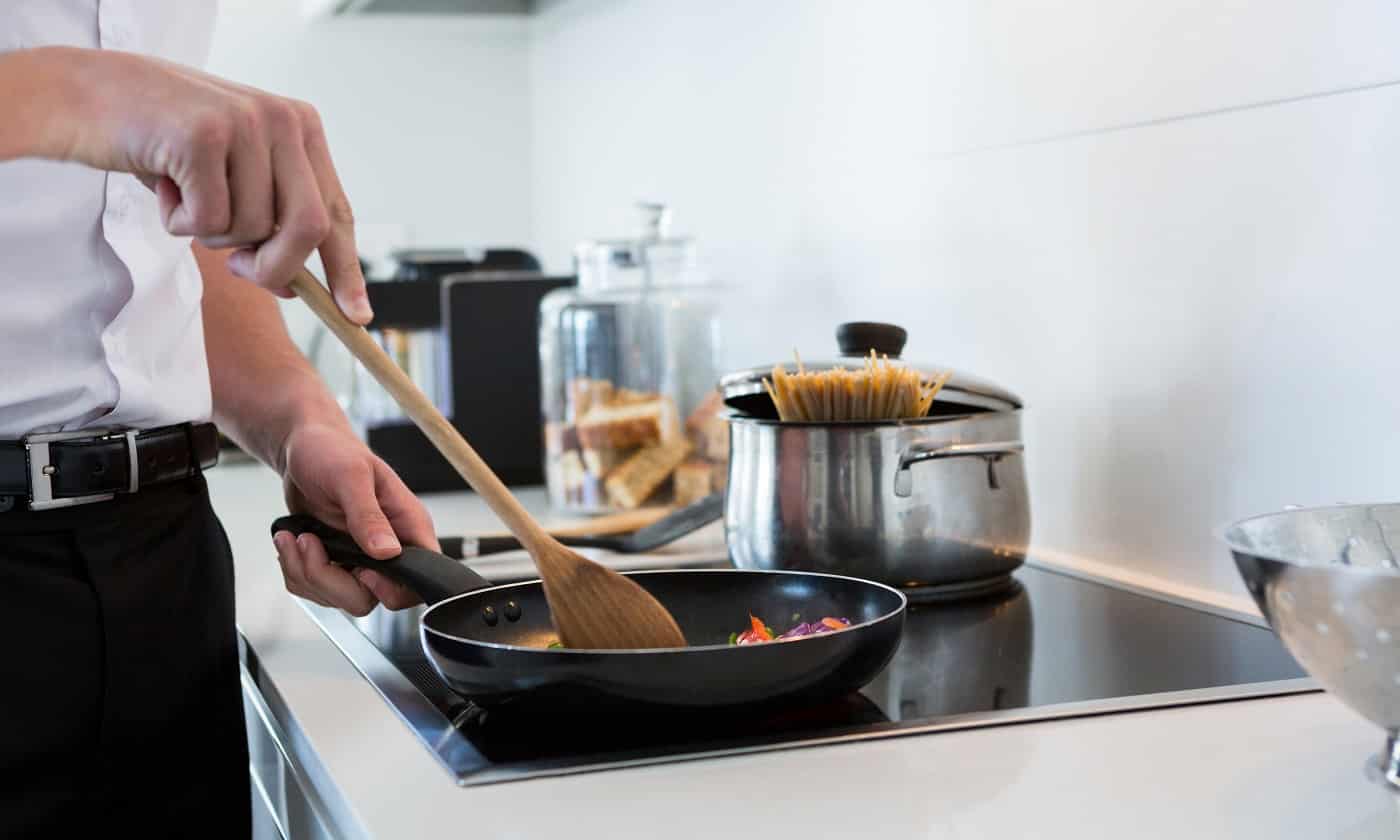Storing Cast Iron After Induction Use: A Guide for BBQ Lovers
Written By James Morgan
As a barbecue enthusiast, you know that the right cookware can make all the difference in your grilling experience. Cast iron skillets and pots have long been cherished in the BBQ world for their ability to evenly disperse heat and their robust durability. But what about storing cast iron after induction use? If you've recently jumped on the induction cooking trend, you might be wondering how to properly care for and store your cast iron pieces.
In this article, we'll explore the best practices for maintaining your cast iron cookware after using it on an induction cooktop, ensuring your prized possessions remain in top-notch condition for all your future barbecues.

Understanding Induction Cooking
Before diving into storage techniques, it's important to understand how induction cooking works. Unlike traditional gas or electric stoves, induction cooktops use electromagnetic fields to generate heat directly in the cookware. This means that your cast iron pan is heated quickly and evenly, making it a fantastic choice for searing and grilling.
However, this method of cooking can also lead to some unique challenges when it comes to maintaining your cookware. To learn more about how cast iron interacts with induction cooktops, you can read this helpful guide on induction compatibility.
Cleaning Your Cast Iron After Induction Use
Cleaning is a crucial step in the process of storing cast iron after induction use. After each use, it's important to clean your cast iron thoroughly to prevent any food residues from hardening and causing damage. Here are some steps to follow:
Use Hot Water and a Soft Brush
Start by rinsing your cast iron cookware with hot water. Use a soft brush to gently scrub away any food particles. Avoid using soap, as it can strip away the seasoning and affect the pan's performance. For more tips on cleaning cast iron, check out this cast iron washing guide.
Dry Thoroughly
After washing, make sure to dry your cast iron completely. Moisture is the enemy of cast iron as it can lead to rust. Use a clean towel to wipe away any water, and consider placing the cookware over low heat for a few minutes to ensure all moisture evaporates.
Seasoning Your Cast Iron for Storage
Seasoning is the process of applying a thin layer of oil to the surface of your cookware to create a natural, non-stick coating. This is especially important after using your cast iron on an induction cooktop, as the high heat can potentially strip away some of the seasoning.
Apply a Thin Layer of Oil
Once your cookware is dry, apply a thin layer of vegetable oil or flaxseed oil using a clean cloth or paper towel. Make sure to cover the entire surface, including the handle and edges.
Bake to Set the Seasoning
To set the seasoning, place your oiled cast iron in the oven upside down at 375F (190C) for about an hour. This will help the oil bond to the surface, creating a durable, protective layer. For detailed steps on seasoning your cast iron, see this restoration guide.
Proper Storage Techniques
Once your cast iron is clean and seasoned, it's time to store it properly. This is a crucial step in ensuring the longevity of your cookware.
Avoid Stacking
When storing cast iron, avoid stacking it with other pots and pans. The weight of other cookware can damage the seasoning and lead to scratches. Instead, use a dedicated shelf or hang them to prevent any contact with other items.
Use Protective Layers
If stacking is unavoidable, place a protective layer between each piece, such as a paper towel or a soft cloth. This will help prevent scratches and maintain the seasoning.
Addressing Common Issues
Even with the best care, cast iron can sometimes develop issues after induction use. Here are some common problems and how to address them:
Rust
If you notice rust forming on your cast iron, don't panic. Simply scrub it away with a mixture of salt and water, then re-season the cookware. To understand more about rust prevention, visit this rust prevention guide.
Hot Handles
Induction cooking can cause handles to become extremely hot. Always use a pot holder or an oven mitt when handling your cast iron. For more safety tips, refer to this safety guide.

FAQ
Can I use soap to clean my cast iron?
While it's generally recommended to avoid soap, using a small amount occasionally won't harm your cast iron. Just be sure to re-season it afterward.
Why is my cast iron sticky after seasoning?
If your cast iron feels sticky, it may be due to applying too much oil during seasoning. Ensure that you only use a thin layer of oil.
How often should I re-season my cast iron?
The frequency of re-seasoning depends on how often you use your cast iron. If you notice food sticking or the surface appears dull, it's time to re-season.
By following these guidelines, you can ensure that your cast iron cookware remains in excellent condition, ready to serve you well in all your barbecue adventures. For additional tips and insights on using cast iron with induction cooktops, explore this comprehensive guide.



